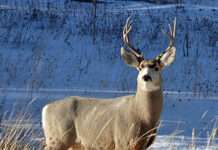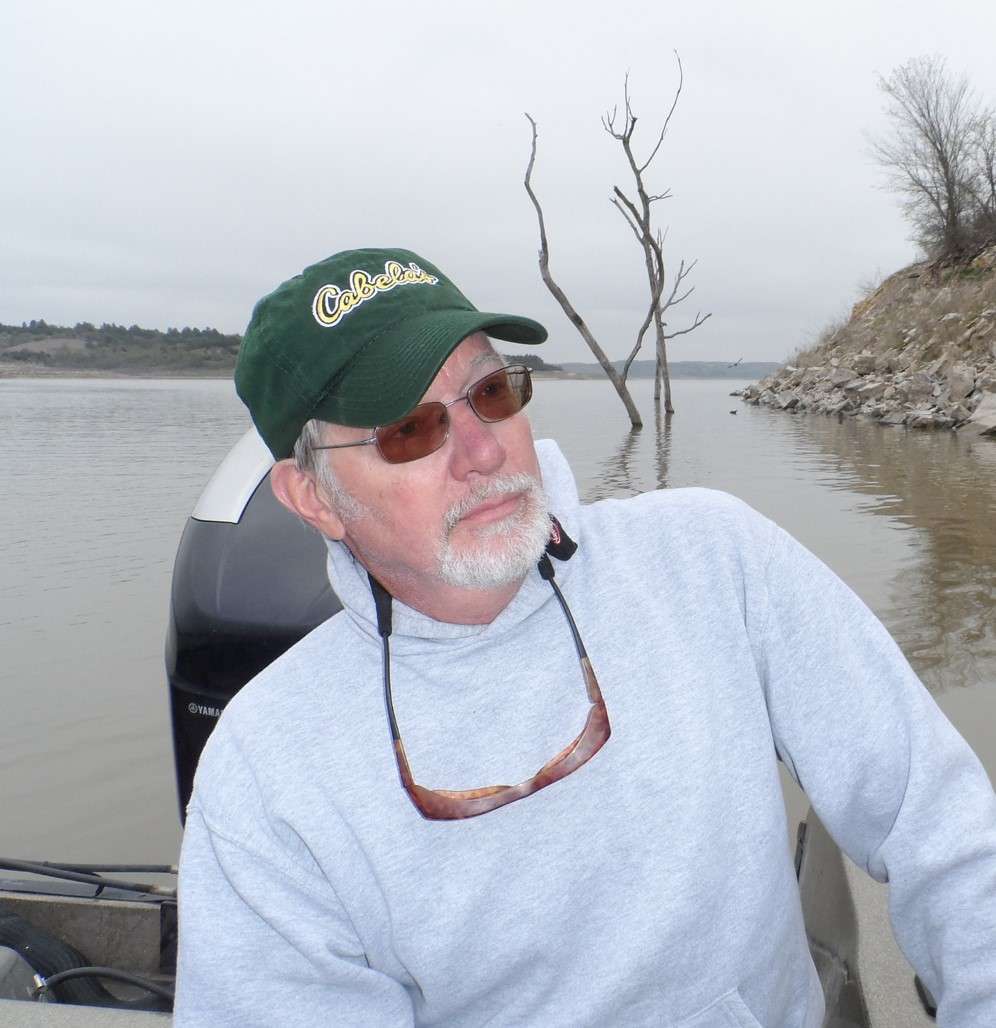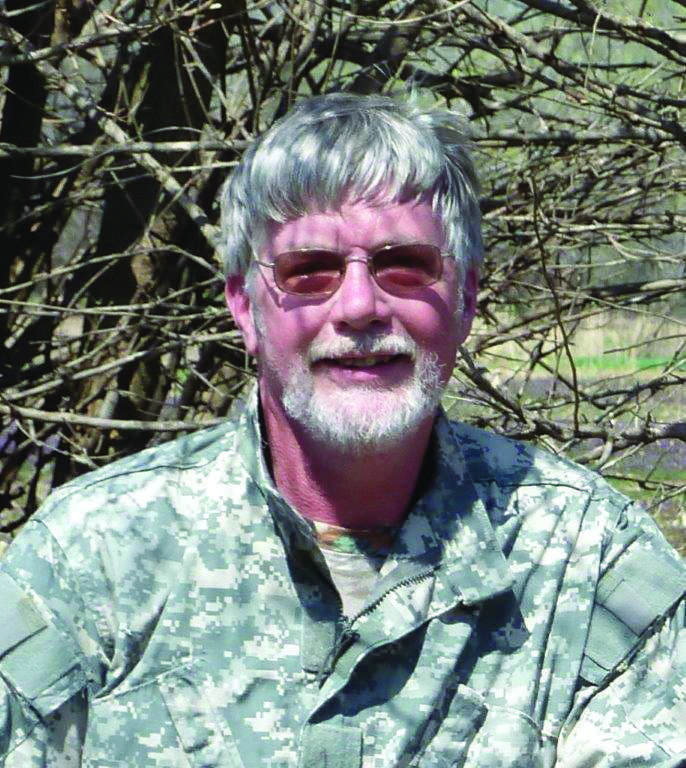I get occasional emails from readers about stories I write, so seeing the email Sunday in my “in-box” was not unusual. The sender said he was 87 years old, and that was impressive, but what really got my attention was the caption at the bottom of the email that read “Sent from my iPad;” that told me volumes about the 87 year old sender.
Keith Kimple grew up east of Lyons, and in the fall of 1940 when he was about 10 he accompanied his dad to visit a cousin in Iowa who was a coon hunter. They hunted coons for several nights, in those days still with the aid of a carbide light, and although they got no raccoons, the cousins dogs caught a wild mink each night by digging them out of their dens.
Keith had been bitten by the hunting and trapping bug, and when they got home from Iowa he began experimenting by skinning skunks and possums dragged into the yard by his dog “Skip.” He had a couple old double-spring traps and set one in front of what he thought was a badger den in the pasture. He said as a young kid he was scared to death the morning he found a coyote in that trap. He managed to get the coyote skinned and stretched on a homemade stretcher he fashioned from a board; all following directions found in the back of a 1944 trap supply catalog from a company called FC Taylor Fur Company in St Louis (Keith still has that catalog.) FC Taylor also bought fur, so Keith bundled up his coyote pelt and spent twenty three cents to mail it to St Louis. His reward was a check from FC Taylor for twenty five cents!
Kimple’s introduction to fishing came at a young age too, using a novel ice fishing technique. When he was 6 or 7 he remembers often going with a group of kids and their dads to Cow Creek when the ice was safe enough to walk on. With a hand saw the grown-ups would cut a long narrow notch in the ice across the frozen creek. Ground up oyster shells, which were used in chicken feed and are very white, were sprinkled onto the creek bottom, making it easier to see fish when they swam under the hole. The kids would all walk onto the ice a long ways away from the hole and begin stomping and jumping to scare the fish toward the hole, where the dads would be waiting with steel spears to spear them as they swam beneath. Kimple told me they had a forge at home used for shoeing horses, and when he was in high school, he used that forge to make his own fishing spear out of a five-tined pitchfork. That homemade spear once snagged him a 10 pound carp that was laden with 2 pounds of eggs.
In 1951 Keith married his sweetheart Marilyn, and told me “She’s always been a better fisherman than me.” Marilyn introduced Keith to bass fishing, having learned on her families’ pond, and he also enjoyed catching channels cats and flatheads on limb lines set along Cow Creek. They heard tales of unbelievable fishing in Minnesota’s innumerable lakes, so after harvest in 1958, with 3 young kids, 1 only a year old, they packed up and headed to Ruth Lake in Minnesota where they fished for northern pike from a boat hand made by a local Swedish man. Fishing at Ruth Lake became an annual event, and years later, after finding a cabin for sale there, they called from a bag phone on the trip home and bought that cabin. Kimple said “That was the best thing we ever did for our family.”
In the early 1950’s Kimple did a stint in the marine corp. and was stationed at an air base near Santa Anna California. The base had a hobby shop for GI’s to use and “I began going there when I wasn’t doing something important like walking guard duty,” Kimple said with a grin. There he got hooked on leather working and purchased a $6 leather working tool kit. He ordered leather and supplies from the Tandy Leather Co., so by trial-and-error and by following instructions supplies with various leather kits, he became a skilled leather worker. Over the years Kimple has also made many knives, grinding and polishing old files into blades, using deer antler and various woods, including Osage Orange for handles and making leather sheathes for each. One of his most recent projects is a full length leather scabbard for an old Henry .22 caliber rifle he owns. In 1980 he heard that a “log cabin camp” in Lyons was selling out, so he bought one of their little 12 x 14 Sears and Roebuck log cabins for just over $100 and moved it to their present home northwest of Hutchinson on a homemade trailer he built from an old tractor front end. These days he spends time out there most mornings working on leather and other projects of some sort.
The Kimples son and grandsons, several of which are medical doctors all enjoy the outdoors as much as their parents. Kimple says their living room becomes a deer camp for a week every deer season as they all come there knowing grandma will cook for them. When I asked Keith and Marylyn if I could do this story, he replied “Well we are a little shy, but if you think it worthwhile after seeing our stuff, we will agree. We all have to have our hobbies, and mine kind of run to the outdoors.” I couldn’t agree more! Continue to Explore Kansas Outdoor.
Steve can be contacted by email at [email protected].




